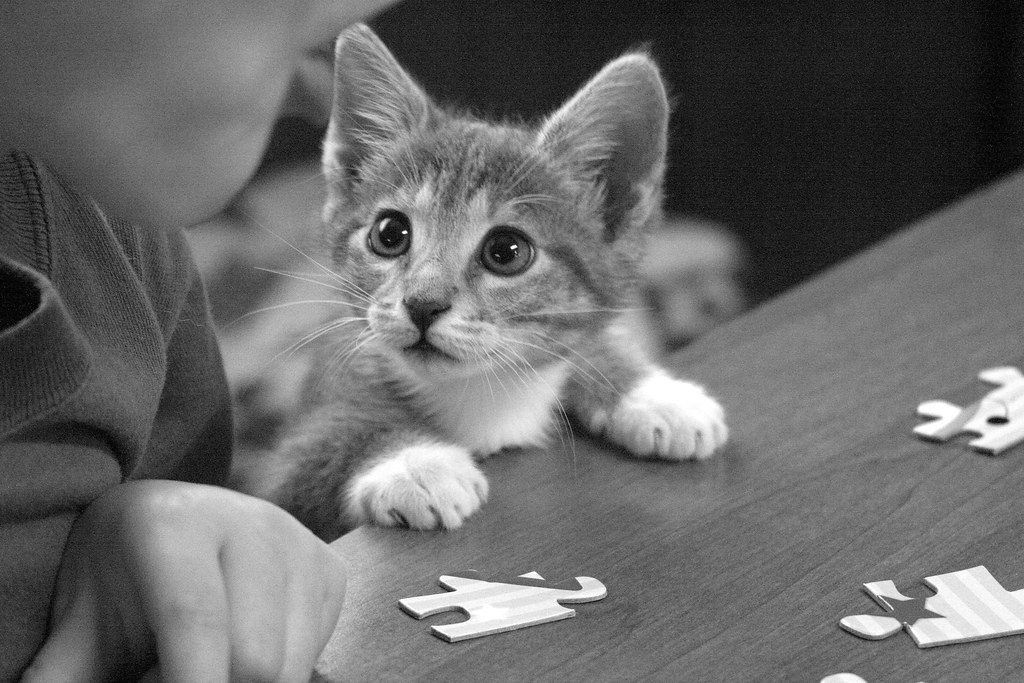The sight of your cat choking can induce instant shock, and while that’s understandable, it’s also unacceptable, because there’s room for only one panicking creature, and that’s not you.
The good news is saving a choking cat isn’t as hard as it may seem, as long as you stay calm and composed and follow the necessary steps, outlined below. From safety tips to the best automatic pet feeders, Petsho, a trusted online destination, founded on deep knowledge in and love for pets, has got you covered.

Determine if the Cat is Actually Choking
Quite often, cats may seem like they’re choking, when they’re merely retching and/or trying to cough up a fur ball.
You shouldn’t start any procedures before you’re certain it is indeed choking.
If your cat was around you just before it started displaying the choking-like symptoms, like pawing at its mouth, distress, and difficulty breathing, ask yourself if realistically there’s anything nearby that she might choke on. Keep in mind cats are much picker than dogs regarding what they put in their mouths.
Try to calm your cat down. You can even offer it a favorite treat in order to get it to swallow and release any suction that might be causing this situation.
If that doesn’t work, then look at its gums and tongue. Pink means the cat is getting oxygen, but blue or pale are a clear sign something is indeed obstructing the air passage, and it’s time to quickly proceed to the next course of action.
Steps to Save Your Choking Cat
- Wrap your cat in a towel to restrict its movement.
- Have some tweezers and/or needle-nose pliers within reach.
- Look in its mouth.
The best way to do that is to place your palm on top of its head, so that your thumb and index finger fall on each side of its mouth, ideally just behind its fang teeth. Tilt its head up while maintaining your palm’s position, and open its mouth by gently, but firmly squeezing with your thumb and index finger while pulling its jaw down with your other hand.
- Look inside its mouth.
Gently pull your cat’s tongue to get a better view. If you can see what is causing the obstruction, try to remove it with the aforementioned tweezers or needle-nose pliers. Ideally, there will be another person with you to either hold the cat or perform the operation. However, it’s doable by one person as well.
Also, don’t use your fingers, as not only you can get bitten, but more importantly, you might push the object, blocking the air passage, further down the cat’s throat and exacerbate the situation.
- Get your cat to cough
There are a few ways and techniques to carry this step out, some of them being reminiscent of first aid you may have seen in movies. Either way, the idea behind all techniques is the same – getting your cat to cough out the obstruction without doing damage to its body.
5.A. One way is to sit down on your knees and hold your cat’s hind legs between them. Then, place both palms on each side of its chest, aiming behind the last rib of the abdomen. Once you have that position locked in, press your palms together in successions of 3 to 4 squeezes each.
The force you apply is key – you need to strike a delicate balance between firmness and caution, and if you fail to do so, your actions will either be rendered worthless, or you can break your cat’s ribcage.
The technique is equally important, and despite being relatively tricky, it’s also easy to get a hang of – the squeezes have to be sharp, jerky, and snappy in order to trigger the necessary reaction and propel the object out.
5.B. Cat Heimlich
This technique involves pushing your cat’s back against your chest, and squeezing its belly in an upward motion, following the same principles mentioned above. If that doesn’t work, hold your cat upside down and tap her back, again, with firmness and caution.
- If your cat loses consciousness
If all these steps haven’t worked, your cat is now unconscious, and you still can’t see the object blocking the air passage, close its mouth and blow air into its nostrils, taking deep breaths in-between.
Regardless of the success of those steps, you have to take your cat to the vet as quickly as possible. Ideally, you can perform the second stage while driving there, given you have someone helping you.
 World inside pictures Collect and share the best ideas that make our life easier
World inside pictures Collect and share the best ideas that make our life easier








